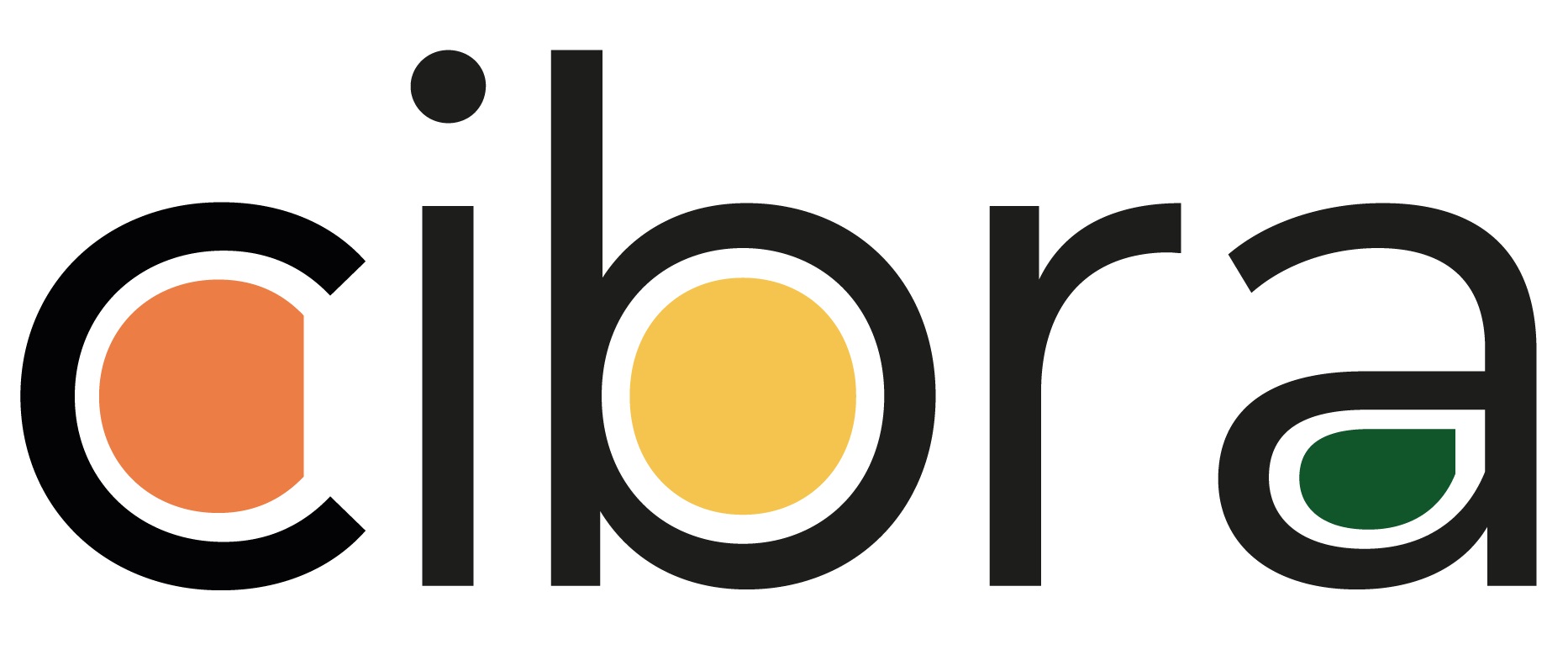Research areas
At the Centre for Integrative Biodiversity Research and Applied Ecology (CIBRA), we investigate the complex interactions between biodiversity, the environment and human influences. We analyse these relationships not only at different spatial scales, from individual gardens to landscape elements at regional and national level. CIBRA also considers changes in biodiversity over time, drawing on findings from palaeontology and museum collections.
Our fields of research include integrative biodiversity research, environmental monitoring, restoration ecology as well as settlement and urban ecology.





